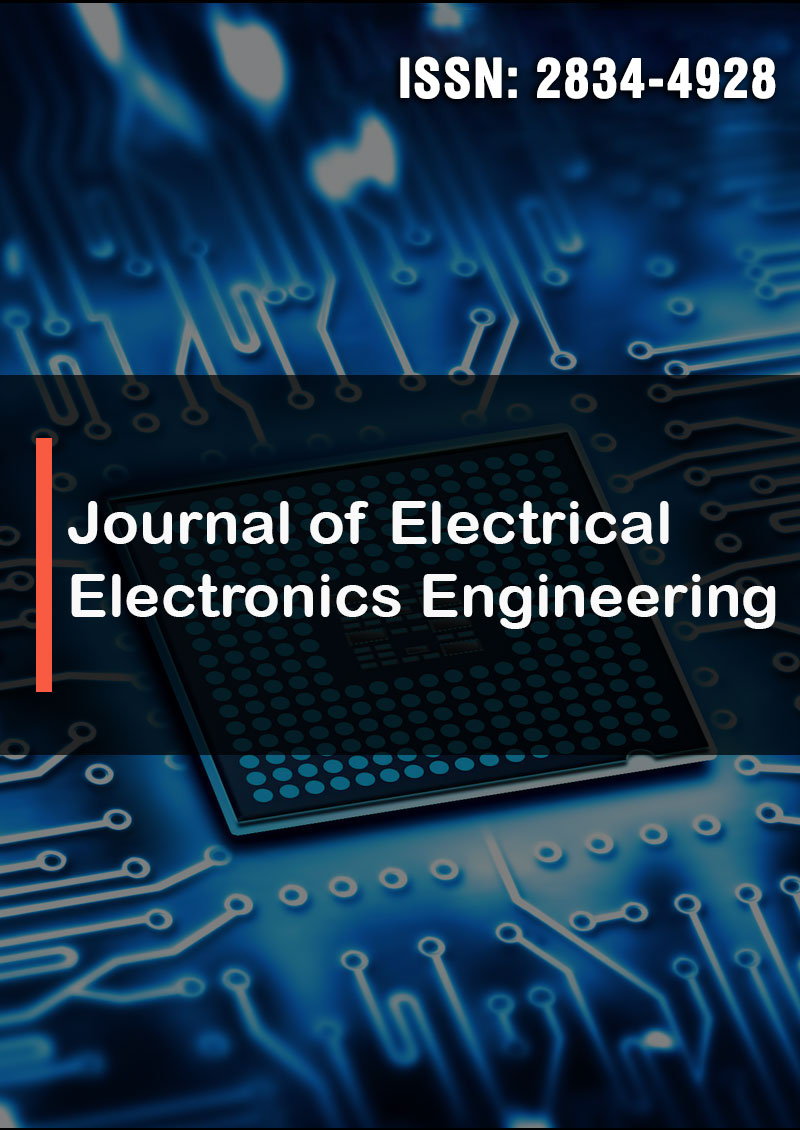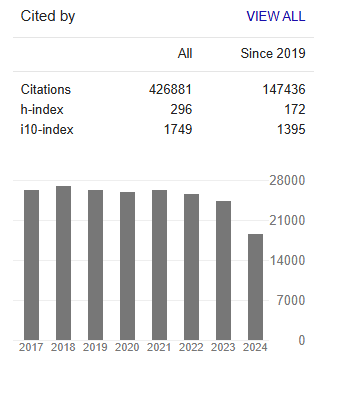System Studies to Assess Preparedness of the Zambian Electrical Grid for the Energy Transition Through Integration of Large-Scale Variable Renewable Energy Sources
Abstract
Kumbuso Joshua Nyoni, Able Kaonga, George Muyunda, Humphrey Phiri and Anthony Mumba
Zambia still faces significant challenges in her quest to become a middle-income nation by 2030. Some of these issues in- clude low access to clean energy technologies, low electrification rates and limited infrastructure to transport electricity. Moreover, for a country that is predominantly hydropower dependent with an 85% share, climate change induced droughts contributed to approximately a 30% power deficit in 2020 owing to reduction in the hydropower generation capacity. Two years down the line the situation has not changed much with load management anticipated to commence in the fourth quarter of 2022 with an average outage duration of 6 hours a day countrywide. However, with approximately 3000 sunshine hours per annum and an average solar insolation of 5.5 kWh/m2/day and great wind resource potential (~6 to 11 m/s) for utility scale wind power in some parts of the country at heights between 80 and 200 m above sea level (A.S.L), Zambia has poten- tial to benefit from its immense renewable resources endowment to accelerate electricity access and decarbonization of the power sector. In 2019, RES4Africa alongside Enel Foundation and with technical expertise from CESI conducted an optimal technical-economic penetration of variable renewable energy sources (VRES) in Zambia. This study had limitations as it did not tackle site-specific geospatial mapping of VRES, nor did it delve into technical system studies to include steady state and dynamic stability analyses for the Zambian power grid owing to the large-scale VRES penetration.
With this motivation in research gap, a systematic methodology was developed by the author for the potential of conducting renewable energy penetration system studies for the Zambian integrated power system for the year 2025 and 2030. Thereaf- ter, the potential sites were mapped using QGIS before applying the formulated modelling methodology on the Zambian grid to conduct steady state and dynamic stability studies for the various scenarios and study cases (i.e., 2025 base, 2025 peak demand with VRES, 2025 peak solar, 2025 peak VRES). The results obtained using Power factory Dig SILENT modelling, and simulation software are presented as system steady state, short circuit, system inertia estimation and dynamic stability analyses.
The results obtained for each scenario were compared to the base case i.e., before connecting the proposed VRES projects. Further, investigation of system adequacy and security were performed through contingency analysis. The 2025 steady state analysis for the peak VRES case revealed that the loading of the transmission lines was below 100%. With the proposed VRES projects contributing to about 68% of the total system generation under this condition, the results showed huge reduc- tion in loadings of the transmission lines from the major power plants i.e., Kariba North and Kafue Gorge Power plants when compared to the base case results. The 2025 system inertia analysis for the peak VRES case showed a reduction in the system inertia by approximately 68.5% compared to the base case. This is because the dispatch to serve the grid load in this scenario prioritized VRES over hydropower. The 2025 short circuit analysis revealed that the largest decrease in the fault level was Kariba North Bank and Kafue gorge power stations under peak VRES condition with a reduction of 6kA owing to all the machines being switched off at Kariba North from the initial 6 while Kafue Gorge upper had 2 running machines from the initial 6 in the base case. On the other hand, an overall increase in short circuit levels was experienced across the network for the Peak demand case with VRES. In the dynamic stability analysis, fault ride through (FRT) studies were conducted to ensure that VRES plants stay connected when the AC grid voltage is temporarily reduced or increased due to a fault or large load change in the grid. Moreover, the study demonstrated that for all 2025 study cases, a general increase in rate of change of frequency (RoCoF) values was observed with increased VRES integration. However, all RoCoF values obtained were well below the 1Hz/s threshold as stipulated in the Zambian transmission grid code with both frequency nadir and zenith values being well within the 50±2.5% limits.
Seeing that a large share of grid demand will be met by VRES in 2025, 2030 and beyond, detailed future research must go towards utilization of machine learning and artificial intelligence in nowcasting and day ahead short-term forecasts. This has the potential to optimize both system operations during dispatch and energy market trading both local and regional.




